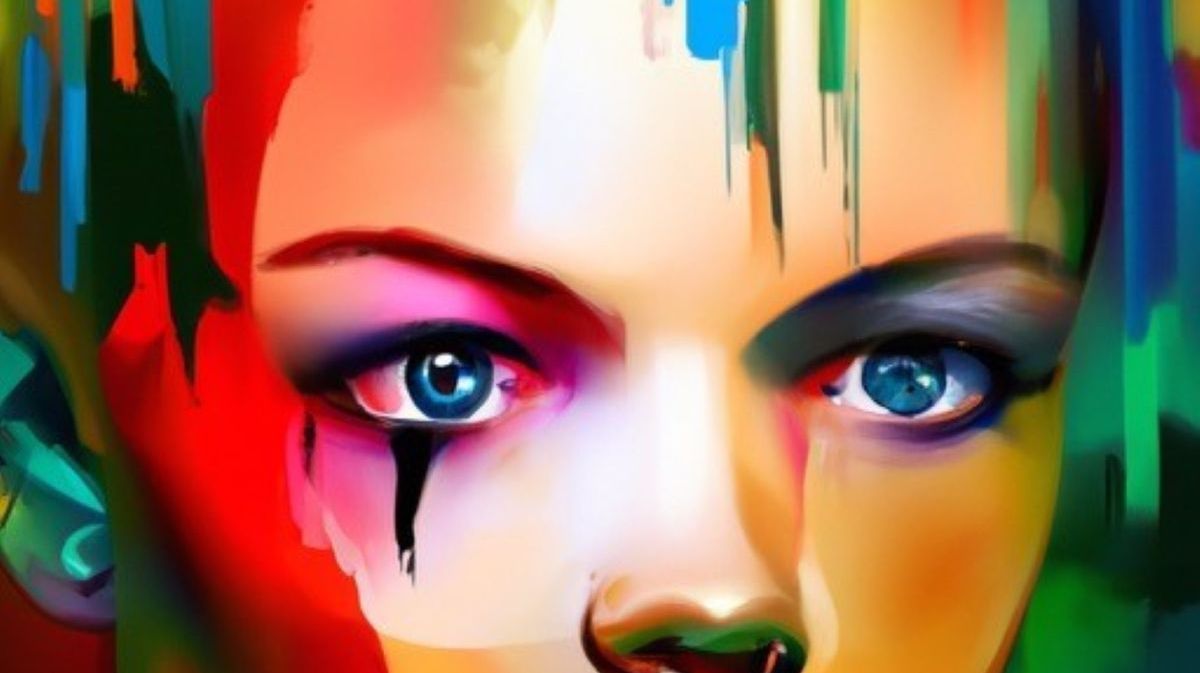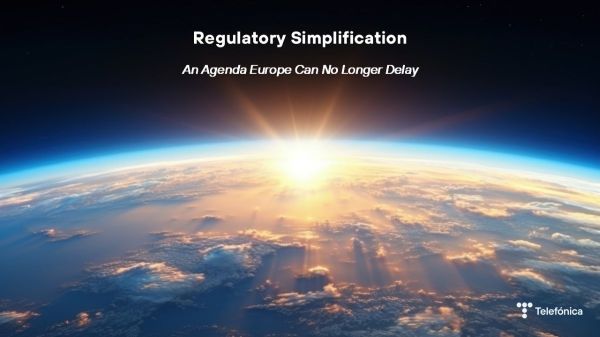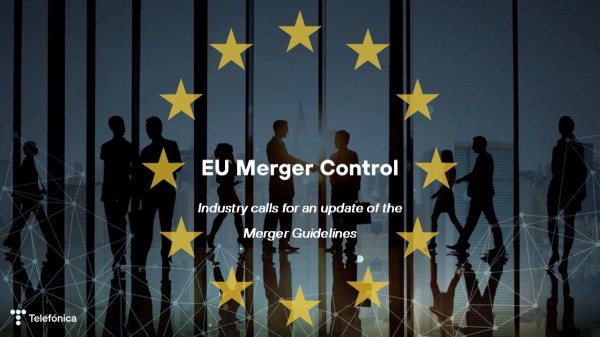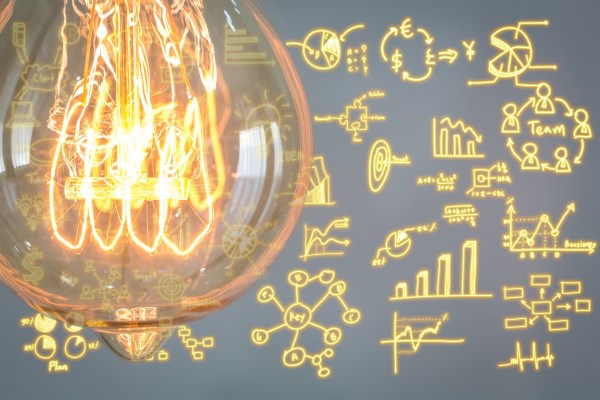The Royal Spanish Academy (RAE) defines Artificial Intelligence (“AI”) as the “scientific discipline that copes with creating computer programmes that perform operations comparable to those performed by the human mind, such as learning or logical reasoning”.
In short, when we talk about Artificial Intelligence, we are talking about a branch of computing whose characteristic is the ability of machines to learn and to perform tasks as a human would.
It is undoubtedly a concept that, although not new, is flourishing. It is not in vain that it was designated as “the expression” of the recently closed 2022 by the Fundación del Español Urgente (FundéuRAE).
An open debate, at a socio-cultural, economic and regulatory level, is the interaction of this AI with the Creative Industry. This problem, far from being new, has acquired a sense of urgency due to the natural development and improvement of technologies and the relevance of the products created by them.
In 2020, the European Parliament already reflected on this issue in its report on intellectual property rights for the development of artificial intelligence technologies. Appropriately, the report launched an invitation to a necessary, profound, and urgent reflection.
Leaving aside the cultural debates that have arisen over whether AI-generated art is “art” in the strict sense, and taking up Parliament’s aforementioned invitation, the main issues of copyright rest on two pillars which are worth analysing: learning and the created work.
Learning
First of all, going back to the definition of AI that we mentioned at the beginning, there is no doubt that its existence and development is built on learning. AI is what it is because it learns to do things the way we humans do them.
We all know that no artist is absolutely original and free when creating. We express ourselves creatively in response to what we have lived, learned, experienced and, without doubt, to the cultural heritage that defines us. It is undeniable that the artist creates on the basis of this knowledge and experience and always after having seen, heard and felt the works of other creators.
Thus, AI, in order to create, needs to learn from other works. Without the data inherent in these pre-existing creations, it is unable to develop its creative intelligence. It is precisely at this point that the door opens to a legal debate: Does the fact that these copyrighted predecessor works are used for “simple” machine learning justify their use without seeking permission from their owners?
The created work
Once AI has learned to create, it creates. And experience tells us that these works can become impossible to distinguish from the works of the artist they have learned from (e.g. The Next Rembrandt), highly valued in commercial circuits (e.g. “Unsupervised” by Refik Anadol at the MoMA) and/or winners of renowned awards in some industries (e.g. “Théâtre D’opéra Spatial” by Jason Allen), but none of the above, and not even the economic effort behind these results, have any influence on their intellectual property protection.
This is because AI creations affect one of the basic guiding principles of copyright, which is unanimously recognised internationally: An artistic work can only be protected by copyright if it has been created by a human being.
In this sense, the use of AI in creative processes would not affect the protection of the resulting work under the copyright umbrella if, and only if, the AI has been used as a mere tool. In brief, the creation will generate intellectual property rights only in those cases where the scope for human intervention is such that there is no doubt that there is a physical person behind it directing the final result.
The problem arises when the AI creates something autonomously from the underlying information it has learned from and without the determining intervention of a natural person in the creative process: Should we then create an autonomous umbrella of protection for these creations or make an exception to the basis of copyright and allow non-human creations to enter?
In short, it seems that the fact that the use of Artificial Intelligence within the Creative Industry is becoming less and less residual. The importance and relevance that this subject is acquiring in digital environments, pushes the need to make a decision in environments of computational creativity where the machine ceases to be an instrument and becomes a creative entity in itself. The debate is served.








